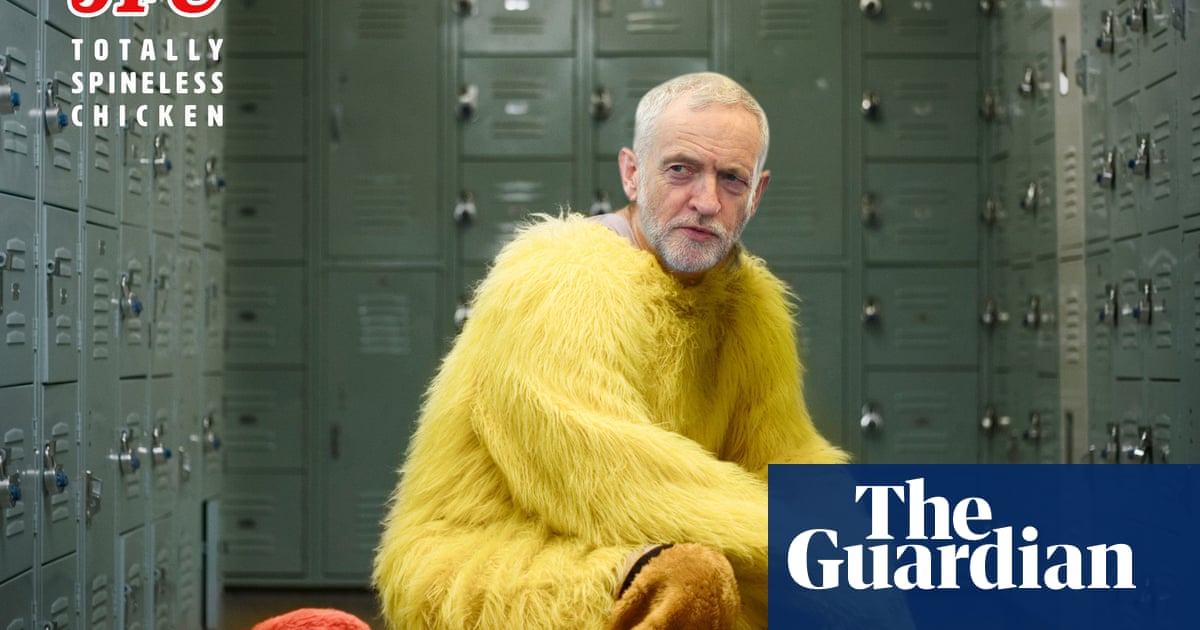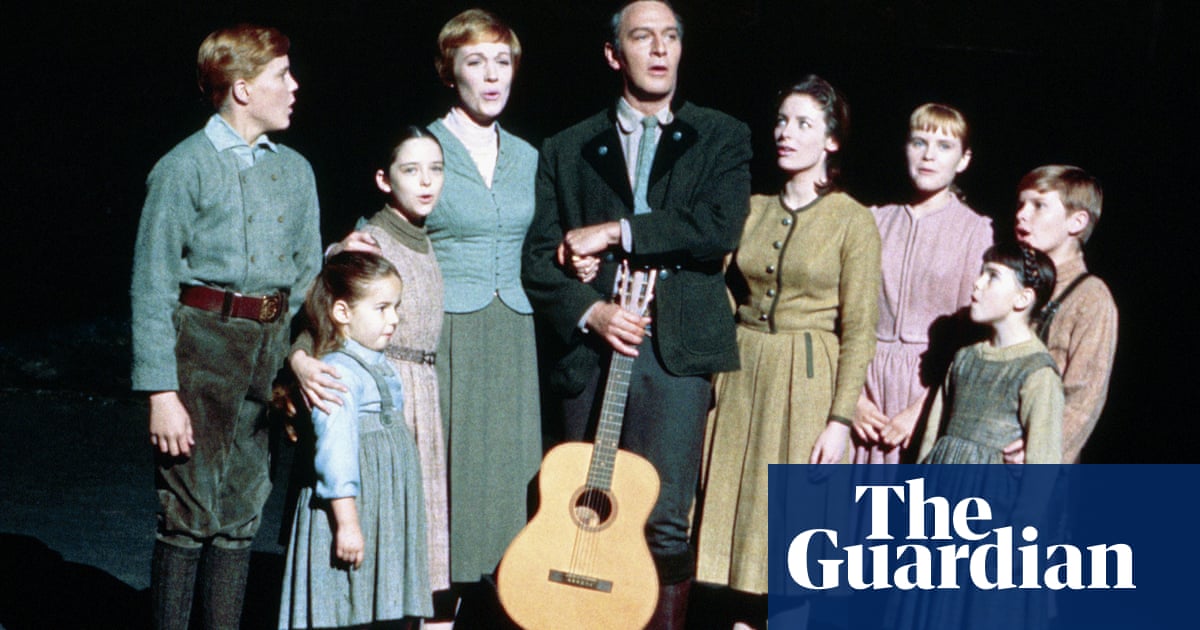
The tradition of the modern political attack ad is often traced back to Lyndon Johnson’s 1964 US presidential campaign, which sought to portray his Republican opponent, Barry Goldwater, as an ill-disciplined warmonger likely to plunge the world into a nuclear apocalypse.
The so-called “Daisy” advert, in which a little girl counted as she plucked petals from a flower before a massive nuclear blast filled the screen, delivered a visceral message two months before Johnson won.
More than a decade later, in the UK, Saatchi & Saatchi unleashed what would come to be regarded as one of the most influential attack adverts, the “Labour isn’t working” poster that came to define Margaret Thatcher’s victorious 1979 campaign.
Maurice Saatchi, who would later become a Tory peer, also developed the “Labour’s tax bombshell” poster that is credited with helping to swing the 1992 election campaign back to the Conservatives, playing on fears of tax hikes under a future Labour government.
While some attack ads swing elections, others are memorable but ineffectual: the Tories’ “demon eyes” campaign of 1997, which is now seen as a desperate throw of the dice in the face of a Labour landslide, was lauded by many in the ad industry.
Last week’s controversial Twitter campaign by Labour, claiming Rishi Sunak does not think child abusers should be jailed, was not the first time the party had sunk low, though previous efforts can look quaint in comparison. In 2010, the first Labour poster of Ed Miliband’s campaign included mocked up images of David Cameron as a throw back to Gene Hunt, the politically incorrect star of the BBC series Ashes to Ashes, set during the Thatcher era.
The move backfired and Tory activists eagerly appropriated the image, delighted that their Old Etonian leader was being compared to a TV hero. The Conservatives were quickly sending out their own altered versions with the tagline “Fire up the Quattro. It’s time for change.”
For their 2015 campaign, an offensive that was expected to be heavy on traditional negative political campaigning tactics, the Tories turned once again to M&C Saatchi for a poster depicting Miliband in the pocket of Alex Salmond.
However, even that campaign would pale in comparison with the onslaught unleashed on Jeremy Corbyn before the 2017 general election and again in 2019. Conservative HQ launched a wave of digital attack adverts into voters’ Facebook feeds in 2017 targeting Corbyn, with a particular focus on national security.
Labour accused its opponents of creating “fake news” after a Tory attack video that went viral was edited to show Corbyn refusing to condemn the IRA, when in fact the Labour leader had said “I condemn all the bombing by the loyalists and the IRA”.
Attacks in 2019 included an advert depicting Corbyn dressed up as a chicken, with a tweet tagging KFC, saying: “Hey @KFC_UKI, we’ve found an even bigger chicken than you.”












